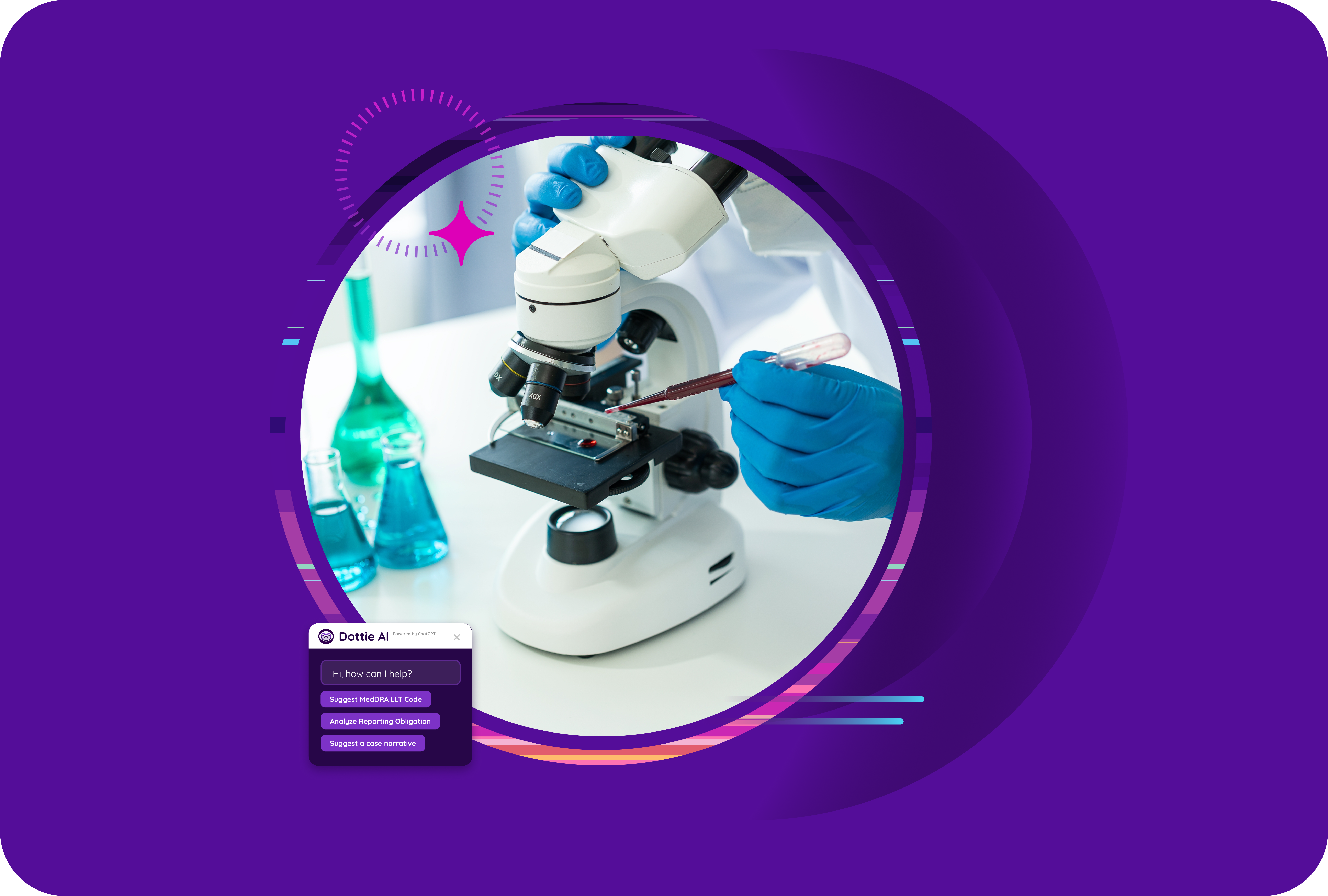
International Organization for Standardization (ISO) standards are essential for ensuring the safety and efficacy of medical devices. They provide a framework for rigorous testing, ensuring products meet stringent quality and safety requirements before reaching the market.
This blog post will look into the background of ISO standards, specifically those for medical device testing. We’ll explore the importance of these standards and how they contribute to protecting public health.
What are ISO Standards?
ISO standards are globally recognized guidelines developed through a collaborative process involving experts from various fields. They provide a common language and framework for businesses to operate consistently and efficiently, promoting quality, safety, and efficiency.
In the context of medical devices, ISO standards play a crucial role in ensuring that products meet the highest standards of quality and safety before reaching the market. These standards provide a set of requirements and guidelines that manufacturers must follow to ensure that their devices are safe, effective, and compliant with regulatory requirements.
By adhering to ISO standards, medical device manufacturers can demonstrate their commitment to quality, enhance their credibility, facilitate market access, and reduce risks.
Key ISO Standards for Medical Device Testing
Several ISO standards are specifically designed for testing medical devices. Here are some of the most important ones:
1. ISO 13485:2016 – Medical Devices – Quality Management Systems – Requirements for Regulatory Purposes
The ISO 13485 standard establishes requirements for a quality management system (QMS) for medical device organizations. It provides a framework for ensuring that devices are designed, manufactured, and distributed in a manner that consistently meets customer requirements and applicable regulatory requirements.
Key aspects of ISO 13485:
- Risk management: The standard requires organizations to identify, assess, and control risks associated with their medical devices.
- Documentation: Organizations must maintain comprehensive documentation of their QMS processes and procedures.
- Internal audits: Regular internal audits are required to assess the effectiveness of the QMS.
- Management review: The top management of the organization must regularly review the QMS to ensure its ongoing effectiveness.
2. ISO 14971:2019 – Medical Devices – Application of Risk Management to Medical Devices
The ISO 14971 standard outlines a process for identifying, assessing, and controlling risks associated with medical devices. It helps manufacturers to identify potential hazards and implement appropriate measures to mitigate them.
Key aspects of ISO 14971:
- Risk identification: The standard requires organizations to identify potential hazards associated with their medical devices, such as design flaws, manufacturing defects, or improper use.
- Risk assessment: Once hazards have been identified, organizations must assess the likelihood and severity of each risk.
- Risk control: Organizations must implement measures to control or eliminate risks, such as redesigning the device, improving manufacturing processes, or providing clear instructions for use.
- Risk management plan: Organizations must develop and maintain a risk management plan that outlines their approach to risk identification, assessment, and control.
3. ISO 10993 – Biological Evaluation of Medical Devices
This series of standards provides guidance on the biological evaluation of medical devices. It covers various aspects, including biocompatibility, cytotoxicity, and genotoxicity testing.
Key aspects of ISO 10993:
- Biocompatibility: This refers to the ability of a medical device to coexist with the body without causing any adverse reactions.
- Cytotoxicity: This refers to the ability of a medical device to damage or kill cells.
- Genotoxicity: This refers to the ability of a medical device to damage DNA.
- Testing methods: ISO 10993 provides guidance on various testing methods, such as in vitro and in vivo testing.
4. ISO 62304 – Medical Device Software – Software Life Cycle Processes
The ISO 62304 standard focuses on the software aspects of medical devices. It provides requirements for the development, maintenance, and support of software used in medical devices.
Key aspects of ISO 62304:
- Software development: The standard outlines a process for developing medical device software, including requirements gathering, design, implementation, testing, and verification.
- Software maintenance: The standard provides guidance on the ongoing maintenance and support of medical device software.
- Risk management: The standard requires organizations to identify and manage risks associated with medical device software.
5. ISO 62366 – Medical Devices – Usability Engineering – Part 1: Application of Usability Engineering to Medical Devices
This standard addresses the human-machine interface of medical devices. It ensures that devices are designed to be usable and intuitive for healthcare professionals and patients.
Key aspects of ISO 62366:
- Usability testing: The standard requires organizations to conduct usability testing to ensure that their medical devices are easy to use and understand.
- User interface design: The standard provides guidance on the design of user interfaces that are intuitive and effective.
- Risk management: The standard requires organizations to identify and manage risks associated with the usability of medical devices.
Benefits of Complying with ISO Standards
Following ISO standards offers numerous benefits to medical device manufacturers, including:
- Enhanced product safety: ISO standards help to identify and mitigate potential risks associated with medical devices.
- Improved product quality: Adherence to ISO standards ensures that devices meet high-quality standards.
- Reduced regulatory risks: Compliance with ISO standards can help to streamline regulatory approval processes.
- Increased market access: ISO certification can enhance a manufacturer’s reputation and facilitate market entry.
- Improved customer satisfaction: High-quality products that meet ISO standards are more likely to satisfy customer needs.
Ensure Safety and Efficacy with ISO Standards
ISO standards play a vital role in ensuring the safety and efficacy of medical devices. By complying with these standards, medical device manufacturers can demonstrate their commitment to quality and regulatory compliance. This, in turn, helps to protect public health and build trust in the medical device industry.
Furthermore, ISO standards can provide a competitive advantage for medical device manufacturers. By demonstrating compliance with ISO standards, manufacturers can differentiate themselves from competitors and attract more customers. Additionally, ISO certification can facilitate market entry into new regions and countries.
Overall, ISO standards are an essential tool for medical device manufacturers to ensure product safety, regulatory compliance, and market success. By investing in ISO certification and implementing ISO standards, manufacturers can protect public health and build a strong reputation in the industry.
Request a demo with one of our experts today and learn how Dot Compliance can help you align with ISO requirements.


